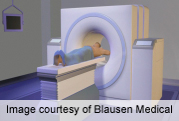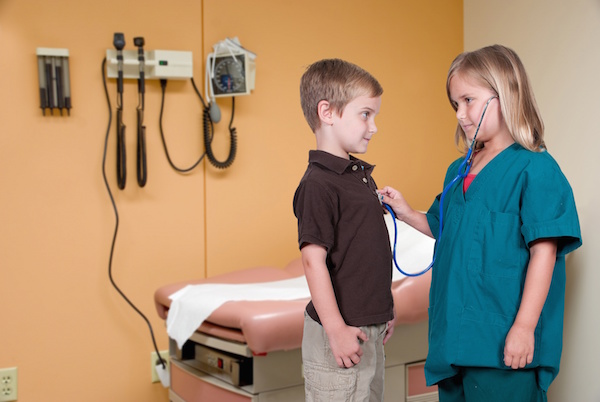
TUESDAY, Nov. 27 (HealthDay News) — Use of medical imaging has surged in the past decade, and now a new study suggests the trend carries a risk: Having multiple cardiac and chest CT scans may increase the chances of breast cancer, researchers report.
The risk appears higher for younger women, the preliminary research showed. For example, for a girl or young woman under age 23 who has two high-dose cardiac or chest CT scans, the risk of developing breast cancer in the next 10 years doubles, the researchers found.
“There’s a sense that medical imaging is a panacea, but women need to know that there is a trade-off with these exams,” said study senior author Rebecca Smith-Bindman, a professor of radiology and biomedical imaging epidemiology and biostatistics at the University of California, San Francisco. “If the exam is necessary, the risk is small but almost always worth it. If the test isn’t necessary, it’s something to avoid.”
Still, a woman’s overall risk is low, she said. The actual rate for young women who have had two scans is about eight cases of breast cancer per 100,000 women, up from four cases per 100,000, Smith-Bindman said.
The study, scheduled for presentation Tuesday at the Radiology Society of North America annual meeting in Chicago, included data on radiation exposure from the Group Health insurance database. The researchers reviewed CT scan-dose data on more than 1,600 females between 2000 and 2010, and used a statistical modeling technique to estimate the average radiation doses they received.
The researchers found that the use of CT scans increased over time. In 2000, there were about 100 scans per 1,000 women enrolled. By 2010, that number had reached 192 per 1,000 women. Almost half of the scans in 2010 exposed the chest to radiation. The dose of radiation varied by test, with higher doses delivered during scans of the heart or chest.
Nuclear medicine examinations may also contribute to breast cancer risk, the study found. Although the number of nuclear-imaging scans — scans that use a small amount of a radioactive compound — decreased over the 10-year period, about 84 percent of those performed in 2010 exposed the chest to radiation, according to the study.
Because breast tissue is so sensitive to radiation exposure, imaging providers should pay attention to radiation doses and use dose-reduction software wherever possible, Smith-Bindman and her colleagues said.
Richard Morin, professor of radiologic physics at the Mayo Clinic in Jacksonville, Fla., agreed that limiting unnecessary CT scans and radiation exposure is critical.
“As long as the exam is appropriate, the benefit to the patient far outweighs the radiation risk for that patient,” said Morin, who was not involved in the study.
“We don’t want to scare patients,” he added. “The risk of breast cancer in this group is very low to begin with. I would hate to find out that someone didn’t have an exam done because they were worried about a potential risk, and then we didn’t find a disease.”
Morin added that it’s important to note that the study authors used statistical modeling, rather than actual radiation-dose information, and that most centers today expose patients to less radiation than they did 10 years ago. “It’s difficult to take estimated doses and apply it to risk,” Morin said.
Another study to be presented at the meeting had some good news about mammography: The amount of radiation that travels to surrounding areas (called scatter radiation) such as the thyroid and salivary glands, the lens of the eye, the sternum or the uterus, is very low.
“Scatter radiation from screening mammography is minimal, resulting in negligible risk to the patient,” wrote the study authors, from Penn State Hershey Medical Center.
“Use of thyroid shields [to protect the thyroid gland during a mammogram] to reduce risk even further is not recommended,” the authors said. Thyroid shields can impair mammographic quality, they noted.
The study included 100 women who wore special devices to measure the amount of scatter radiation on other areas of the body.
Data and conclusions presented at medical meetings should be considered preliminary until published in a peer-reviewed medical journal.
More information
Learn more about radiation exposure from the U.S. National Institutes of Health.

